My Basket
Checkout using your account
Checkout as a new customer
Creating an account has many benefits:
- See order and shipping status
- Track order history
- Check out faster
- Home
- Glossary of Terms
Glossary of Terms
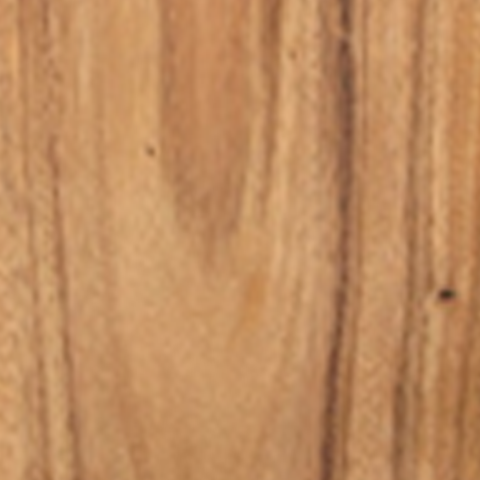

Acacia
A practical, quality hardwood used to construct selected models within the furniture range Shedstore offer. Acacia trees are typically grown in the Southern Hemisphere, African and South American countries are the main producers.
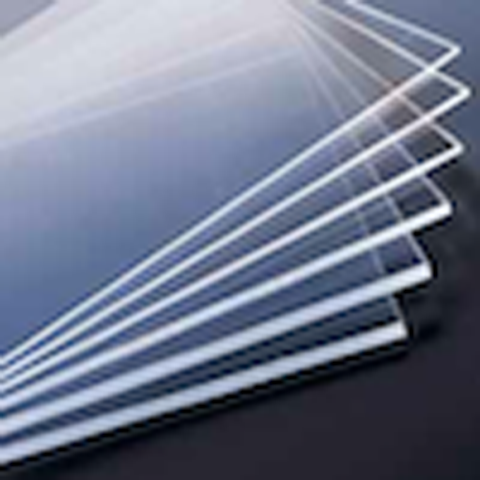

Acrylic
A composition name often used in the garden building sector for clear plastic glazing sheets for windows. Perspex or Styrene are similar references. Acrylic is a synthetic material made from a polymer. Ideal as a safety glazing.
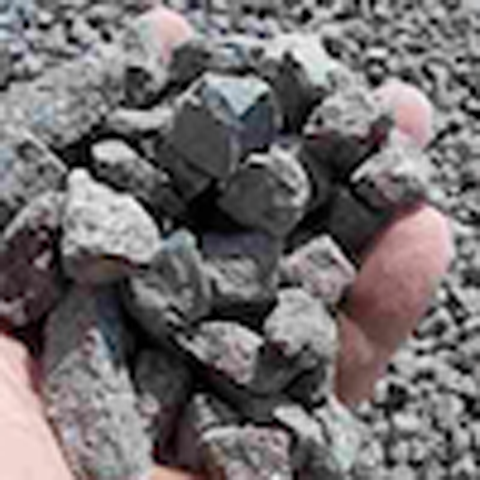

Aggregate
A granular crushed stone or water-worn gravel material, supplied in a loose or bagged form. Ideal for use as a decorative stone for pathways, patios, weed-suppression and in some cases driveways.
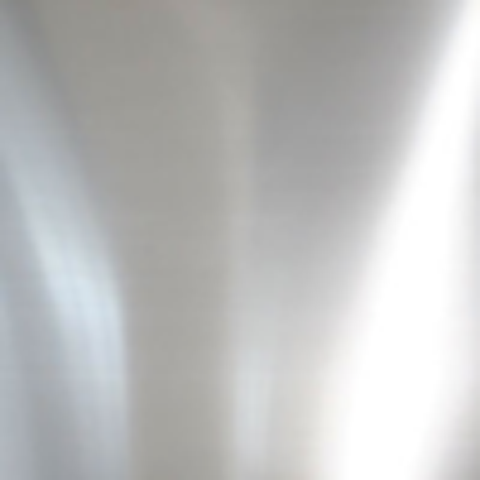

Aluminium
Aluminium in its metallic sheet form is a silver, lightweight yet durable metal, commonly used for the framing of greenhouses within our industry. Aluminium is used for external construction due to its ability to resist corrosion.
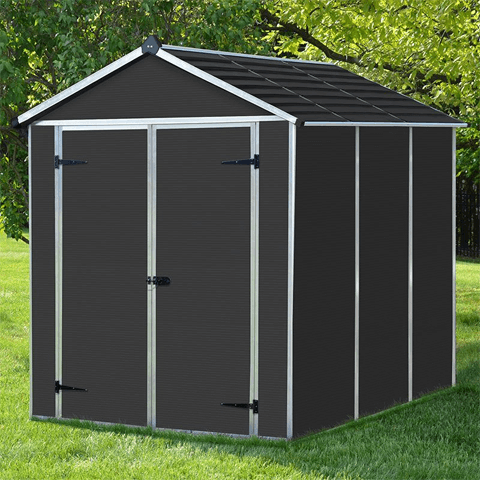

Apex Roof
Unlike a pent roof, the maximum height in the building runs centrally, providing useful space to work more comfortably. An apex roof type is constructed with two wooden sections which meet at the highest point forming an upside down V shape structure.
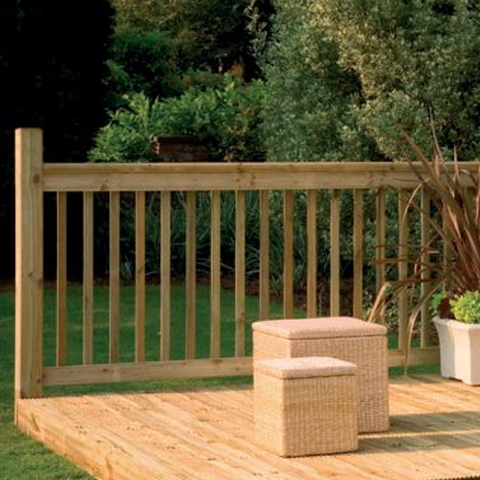

Baluster/Balustrade
Also known as balustrades, balusters in their true form are shaped vertical members extending from floor level to a handrail or lintel. Used more loosely for garden buildings, it defines any vertical member (straight or shaped) used within verandah railings for example.
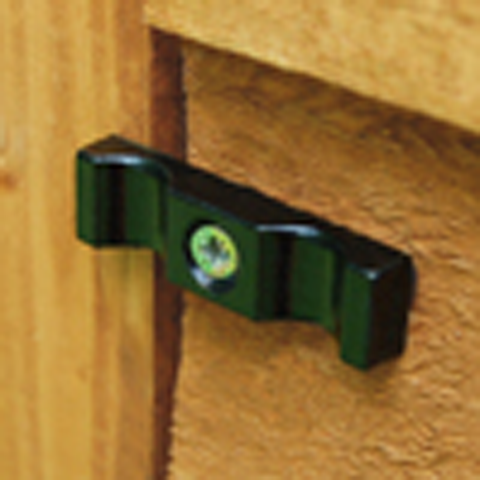

Button Latch/Turn Button
This is a small rectangular bolt which attaches to another small piece, which then restricts the doors movement.
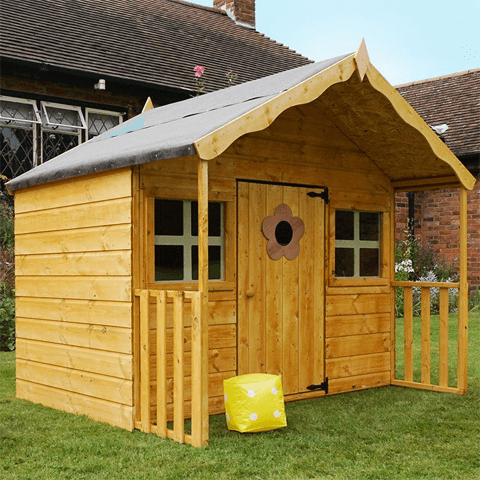

Canopy/Veranda
A continuation of the roof structure, commonly to the front of a garden building, where the extent of the roof overhang is greater than the minimum necessary. A canopy is often seen and used in tandem with a verandah below.
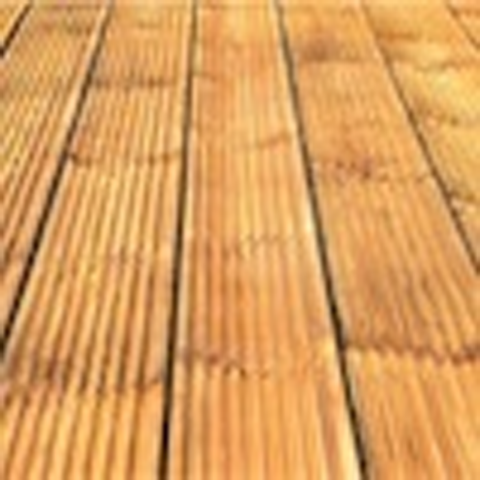

Deckboard
Commonly of a standard timber board construction, but can also be found formed from recycled materials. Used to create the surface of a decked area. Top surface is usually shaped, notched or lined to provide grip under foot.
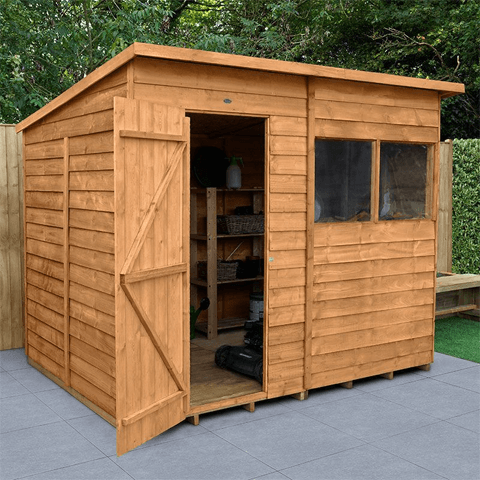

Dip Treatment
The process of dip treatment is within its name, the item is dipped into treatment, coating the timber with a golden/orange tint which will hold a 10 year guarantee against rot and fungal decay. Unlike the pressure treated option, you will need to retreat this dip treated item annually.
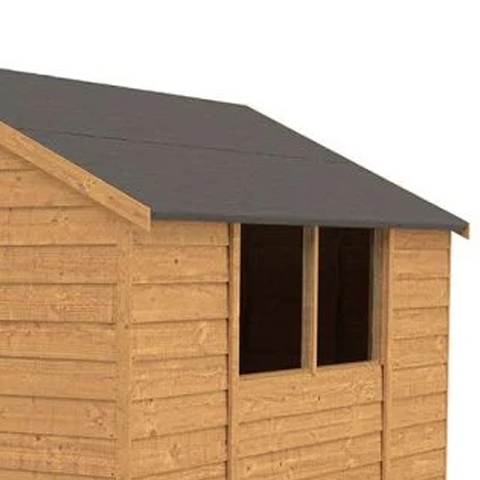

Eaves
For the purposes of garden buildings and the data given, the eaves are the point where the walls meet the fall of the roof. The eaves measurements Shedstore list are thus the vertical height to the junction of the roof and walls.
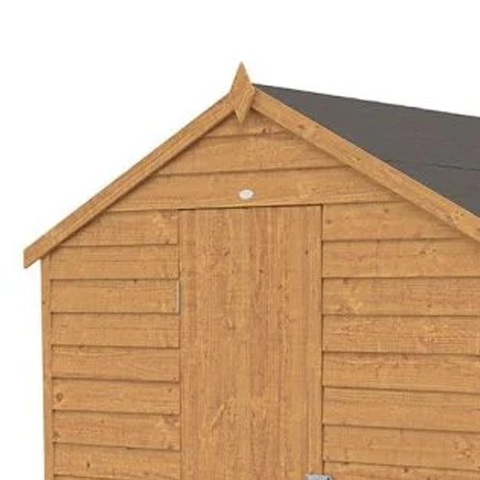

Fascia
The flat, boarded member that is typically fitted to ends of the roof at the gable end of a garden building. In the main, square-edge unshaped boards are used, but on occasion some shaping may occur. Designs vary.
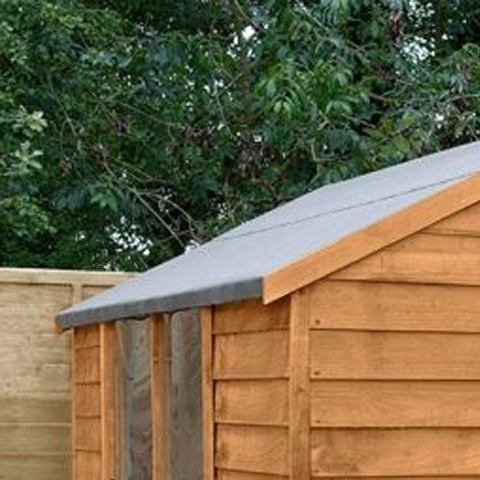

Felt
There are a variety of different types of felt, used for different things such as industrial, technical, designer and craft applications. It is a protective layer which is installed on top of the shed.
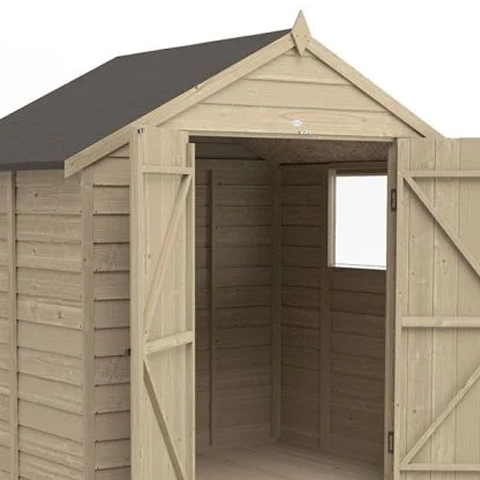

Gable
A basic description of a gable would be the piece above the door, when the roof profile can be seen. Upon an apex (as shown) the gable is triangular, but upon a pent it is wedge shaped. Full sections are gable ends.


Glass
The most common use of glass is, light admitting building material, traditionally used in small panels set in a window/door openings. This material has the useful property of being transparent.
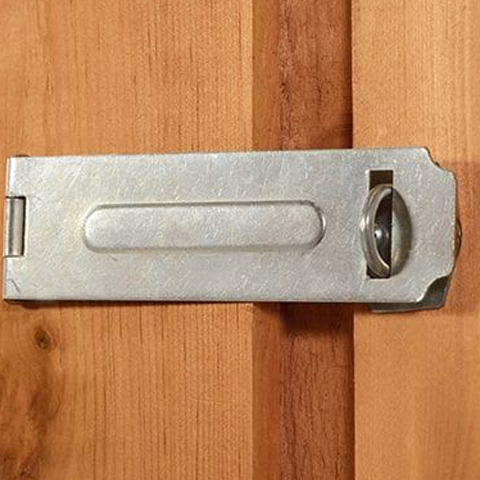

Hasp and Staple
Hasp and Staple is another security locking system whereby 2 pieces are fastened together. There is a hinged piece which is called the hasp and that part closes on top of the staple creating a secure fix.
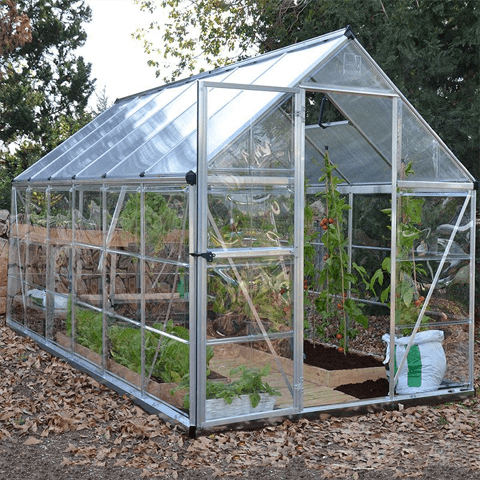

Horticultural Glass
Greenhouse material (usually). This type of glass breaks into large "unpredictable" shards. If you are planning to situate a greenhouse made from horticultural glass around children, it's recommended to search for safety glazing.
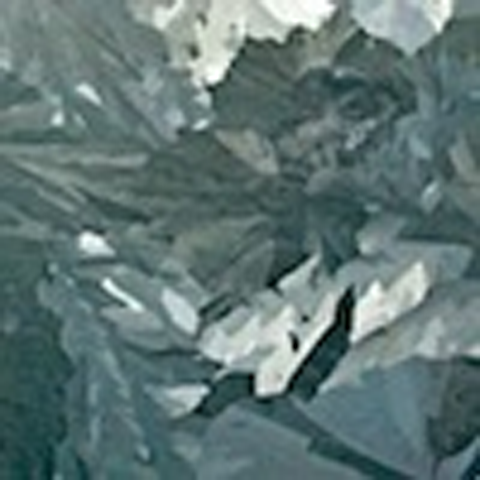

Hot-Dipped
Coating iron or steel with a thin zinc layer, by immersed it in a bath of molten zinc - protecting the steel below from the elements.
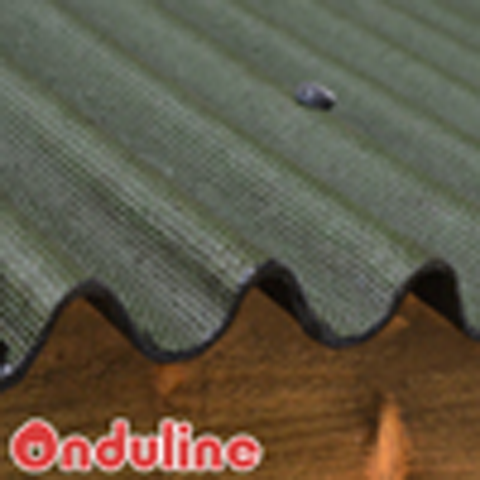

Onduline
Better known as corrugated. This is an extremely tough roofing material.
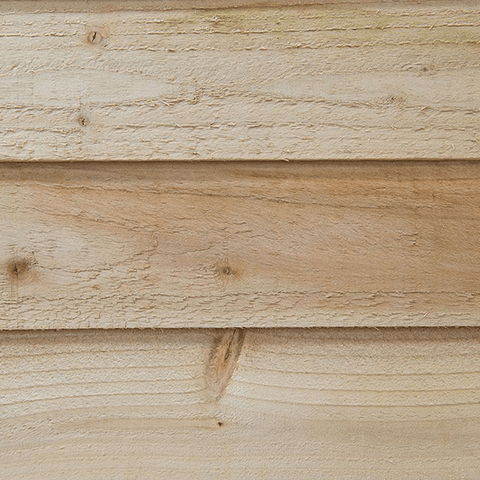

Overlap Cladding
Reflected in price, overlap products are the easiest and cheapest option out of three construction types. A 8mm sawn-timber is used and nailed together over one another causing them to overlap.
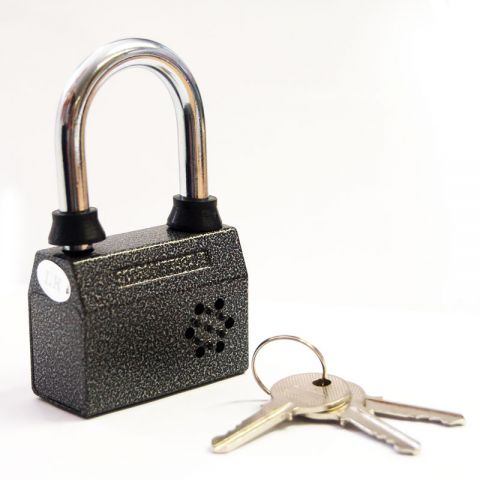

Padlock
A metal bolt slides across into a clasp which you are able to lock.
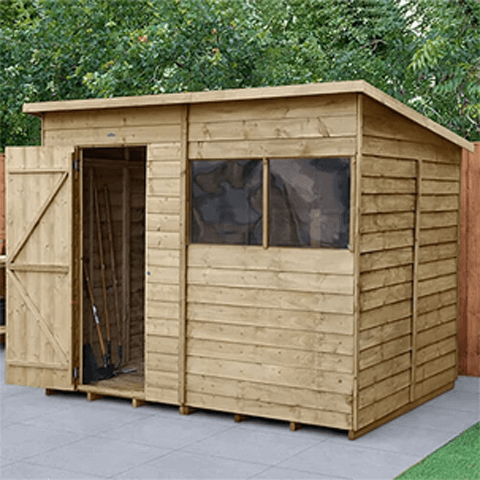

Pent Roof
A pent roof is ideal for gardens with minimal space as the practicality is great. You are able to situate a pent roof shed underneath overhanging trees or against a wall or a fence. Pent roofs are also beneficial for draining purposes; the sloping panel allows water to naturally drain off the shed preventing possible water related damage.
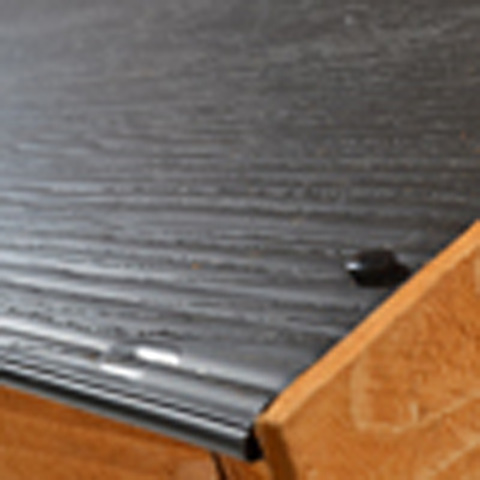

Polypropylene
Also known as, propylene. Polypropylene as a roof type reduces build time by two thirds and is UV stabilised, which therefore protects your belongings from typical British weather. One main benefit to this roof type is that the material is maintenance free and acts as an insulator for the building.
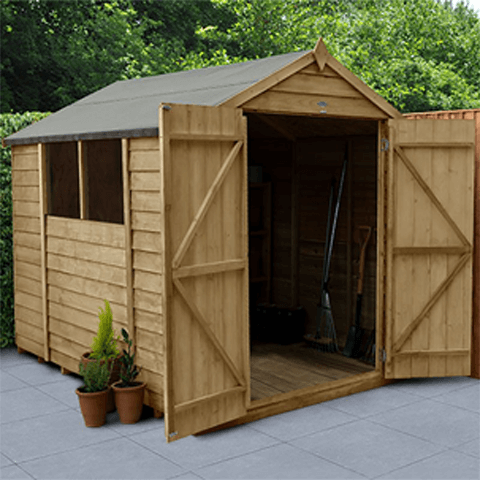

Pressure Treatment
Main benefit: No annual re-treatment required. A pressure treated timber has a more natural, pale, wood-look to it, which a lot of customers will prefer. This treatment method consists of treatment being forcefully injected into the timber and it will hold either a 15 year guarantee or 25 year guarantee against rotting and fungal decay (depending on the product).
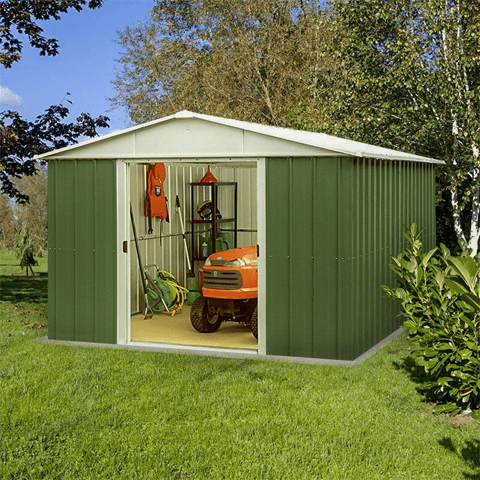

Security Sheds
A security shed, is quite simply a shed without windows. A non window building provides extra security due to not being able to see inside. Belongings are kept safe.
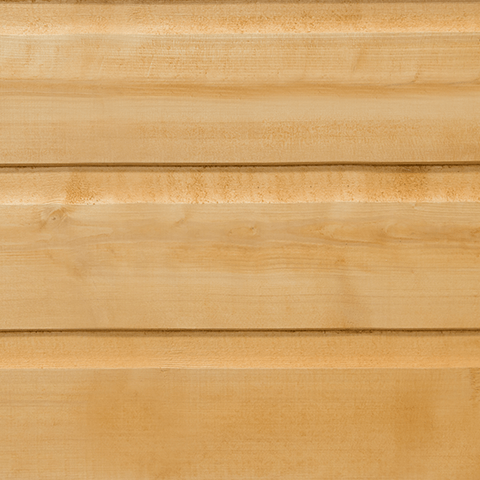

Shiplap Cladding
Shiplap and tongue and groove are extremely similar and often cause confusion There is only a small difference, and that is that Shiplap cladding has a little channel/groove/ridge that runs parallel with the timber. The channel allows water to run away from the shed quickly and efficiently. Both cladding types are very strong and robust with an attractive appearance, thanks to the neat interlocking system.
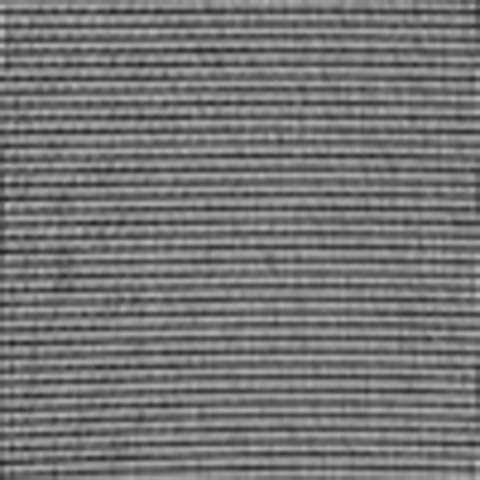

Textilene
Woven PVC coated polyester fabric which is completely weatherproof.
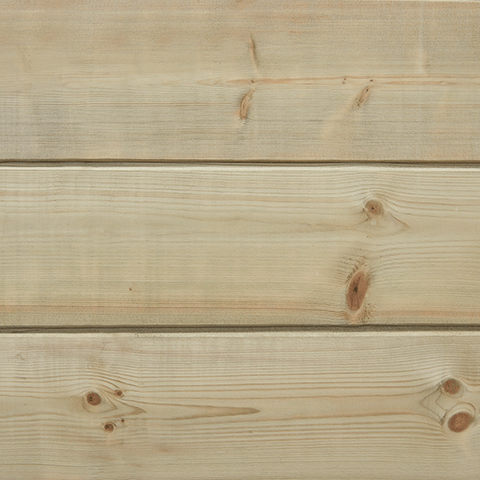

Tongue and Groove Cladding
The cladding on timber buildings is not just cosmetic, it is a helping factor for preventing the shed from any possible water or weather damage. Tongue and Groove cladding is one of the most popular styles. It has been specially shaped so that the entire build is interlocking, and this is the main benefit. The interlocking system creates a strong, robust structure and prevents water penetration. We will always recommend this construction type if you are planning to store valuables or heavy items in your shed.
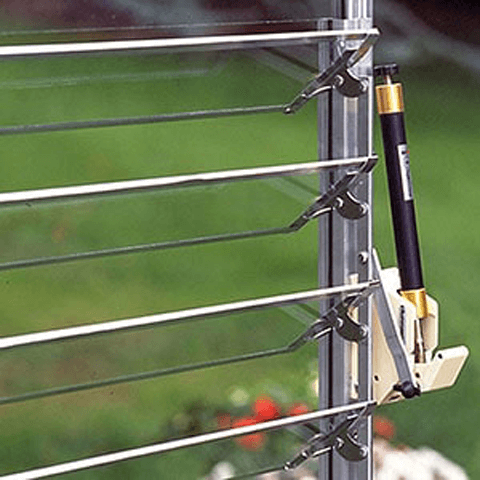

Ventilation
Vents placed on product to allow air to enter and flow through the building.
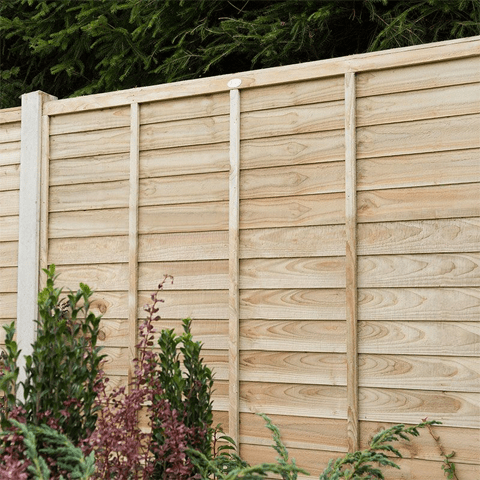

Waney-Edge/Overlap
Overlapping boards sliced straight from the tree.




